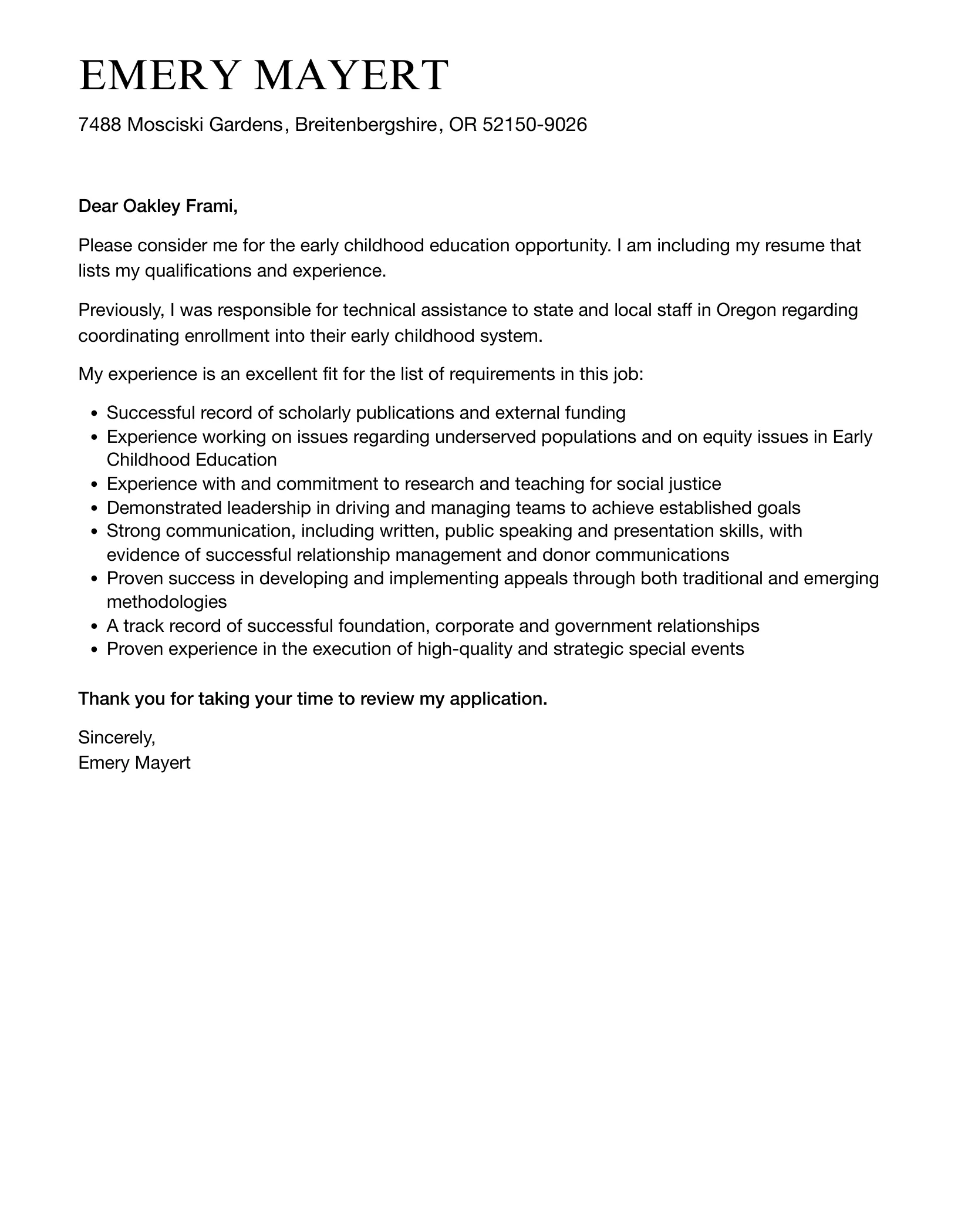Understanding the Importance of a Cover Letter
In the competitive field of early childhood education, a well-crafted cover letter is your key to unlocking the door to your dream job. It’s not merely a formality, but a crucial opportunity to introduce yourself, highlight your passion for early childhood development, and showcase your unique qualifications. Think of it as your personal introduction, a chance to go beyond the confines of your resume and connect with the hiring manager on a more personal level. A compelling cover letter can set you apart from other applicants, demonstrating your genuine interest in the role and the specific institution.
Why a Cover Letter Matters in Early Childhood Education
Unlike some fields where a resume might suffice, in early childhood education, a cover letter serves a critical purpose. It allows you to elaborate on your experience in a way that a resume cannot. You can share anecdotes, explain your teaching philosophy, and demonstrate your understanding of child development principles. Furthermore, it provides the opportunity to demonstrate your communication skills, which are paramount in this profession. A well-written cover letter reveals your personality, your dedication to the field, and your ability to effectively communicate with children, parents, and colleagues. By showcasing these qualities, you enhance your chances of being selected for an interview.
Highlighting Your Passion and Qualifications
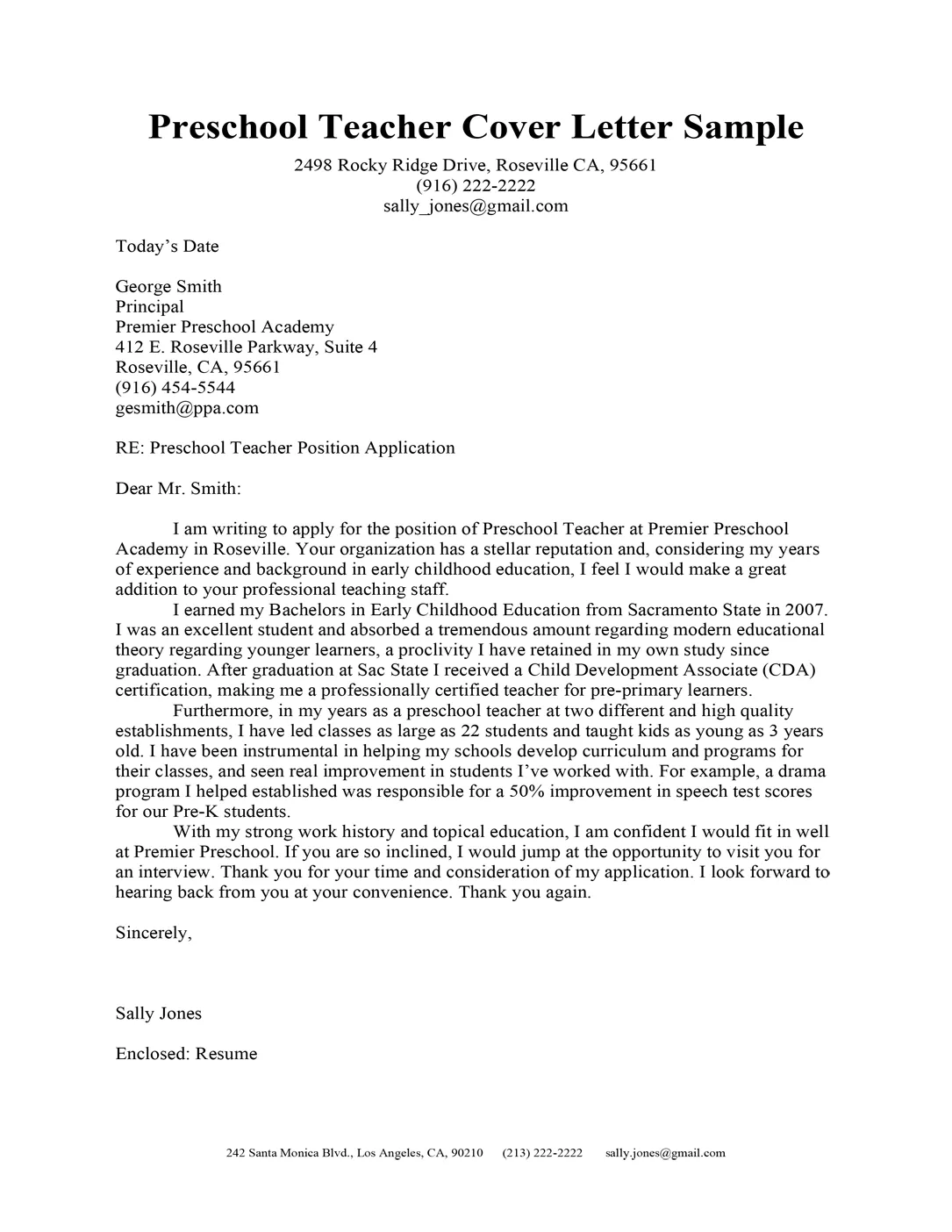
Your cover letter is the perfect platform to express your passion for early childhood education. Begin by clearly stating your enthusiasm for working with young children and your commitment to fostering their growth and development. Then, go beyond simply listing your qualifications. Instead, provide concrete examples of how you’ve utilized your skills and knowledge in previous roles. Detail specific experiences, such as designing lesson plans, managing classroom behavior, or communicating with parents. By linking your qualifications to real-world scenarios, you make your cover letter more impactful and demonstrate your ability to excel in the position. This helps demonstrate you passion to work in that environment.
Essential Components of an Early Childhood Education Cover Letter
A winning cover letter is structured and informative. Start with your contact information and the date, followed by the hiring manager’s name and title. The opening paragraph should be engaging and immediately capture the reader’s attention. In the body of the letter, highlight your relevant skills, experience, and qualifications, providing specific examples to support your claims. The closing paragraph should reiterate your interest in the position, express your enthusiasm for the opportunity, and include a call to action, such as requesting an interview. Always proofread your letter carefully to eliminate any errors in grammar or spelling. Using this standard framework will make sure your cover letter will be an attention grabber to your hiring manager.
Contact Information and Date
Begin your cover letter by including your contact information at the top, including your full name, phone number, email address, and optionally, your LinkedIn profile URL. Below your contact information, include the date. This ensures that the hiring manager knows how to reach you and when the letter was written. Make sure the format of your contact information is easy to read and professional. A clear and professional presentation sets a positive tone from the very beginning.
Addressing the Hiring Manager
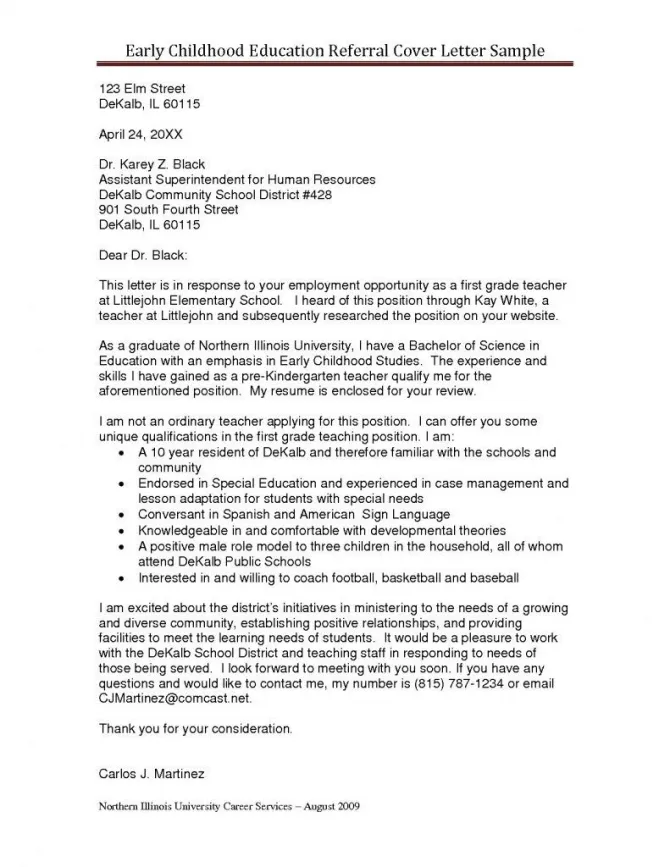
Always address your cover letter to a specific person, if possible. Research the hiring manager’s name and title, and use it in your salutation (e.g., ‘Dear Ms. Smith’). If you are unable to find the hiring manager’s name, use a general salutation such as ‘Dear Hiring Manager’ or ‘Dear [Name of School/Organization] Hiring Committee’. This personalized approach shows that you have taken the time to research the position and are genuinely interested in the opportunity. It also adds a personal touch, demonstrating your attention to detail.
Writing a Compelling Opening Paragraph
The opening paragraph is your first and best opportunity to grab the reader’s attention. Start with a strong statement of purpose, clearly indicating the position you are applying for and where you saw the job posting. Briefly state your passion for early childhood education and your enthusiasm for the specific organization or school. You can also briefly mention a key skill or experience that aligns with the job description. The opening should be concise and intriguing, encouraging the reader to continue reading. Avoid generic opening lines and instead, aim to make a memorable first impression.
Showcasing Your Experience and Skills
The core of your cover letter should highlight your relevant experience and skills. This is your chance to demonstrate why you are the perfect fit for the role. Focus on the requirements mentioned in the job description and provide specific examples of how your skills and experience align with those needs. Use action verbs to describe your accomplishments and quantify your achievements whenever possible. For instance, instead of saying, ‘I worked with children,’ you could say, ‘I implemented a new literacy program that improved reading comprehension scores by 15%.’ The more details you provide, the more compelling your letter will be. Make sure to tailor the experience to the job posting.
Highlighting Relevant Skills for Early Childhood Education
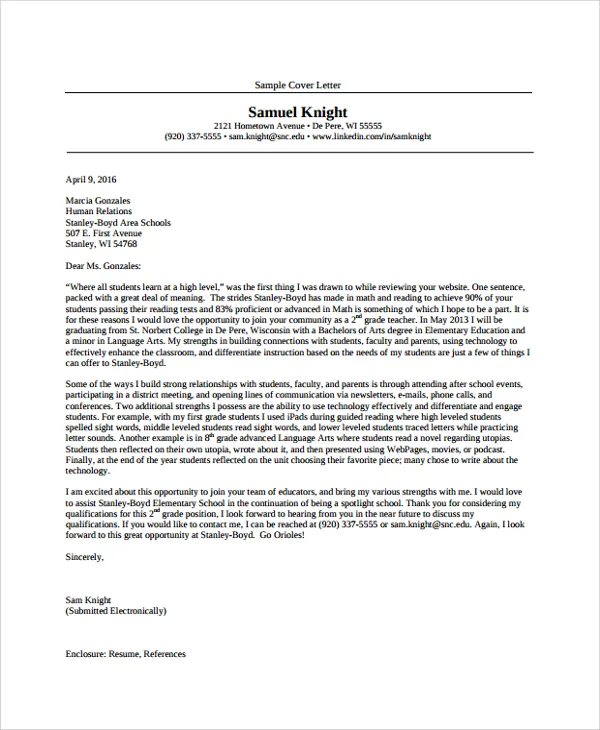
Identify the key skills that are essential for success in early childhood education and explicitly mention them in your cover letter. Common skills include: curriculum development, lesson planning, classroom management, child behavior management, communication skills (with children, parents, and colleagues), creativity, patience, and a deep understanding of child development. Provide concrete examples of how you have successfully utilized these skills in past roles. For example, describe a situation where you effectively managed a challenging classroom situation or implemented a creative activity that enhanced children’s learning. Demonstrating these skills will help you stand out from the crowd.
Demonstrating Classroom Management Abilities
Classroom management is a critical skill in early childhood education. Describe your approach to creating a positive and productive learning environment. Mention any specific strategies you use, such as positive reinforcement, clear expectations, and consistent discipline. Explain how you address challenging behaviors and create a supportive classroom atmosphere. Providing examples of how you’ve successfully managed a classroom will demonstrate your ability to create a safe, engaging, and conducive learning environment for young children. You can explain how you used de-escalation techniques to resolve conflicts.
Emphasizing Child Development Knowledge
Showcase your knowledge of child development principles and how you incorporate them into your teaching practices. Mention your understanding of different developmental stages, learning styles, and the importance of play-based learning. Describe how you design activities that are age-appropriate and promote children’s cognitive, social, emotional, and physical development. If you have experience with specific curriculum models or teaching philosophies, be sure to mention them. Demonstrating your commitment to child development will reinforce your qualifications.
Showcasing Relevant Experience
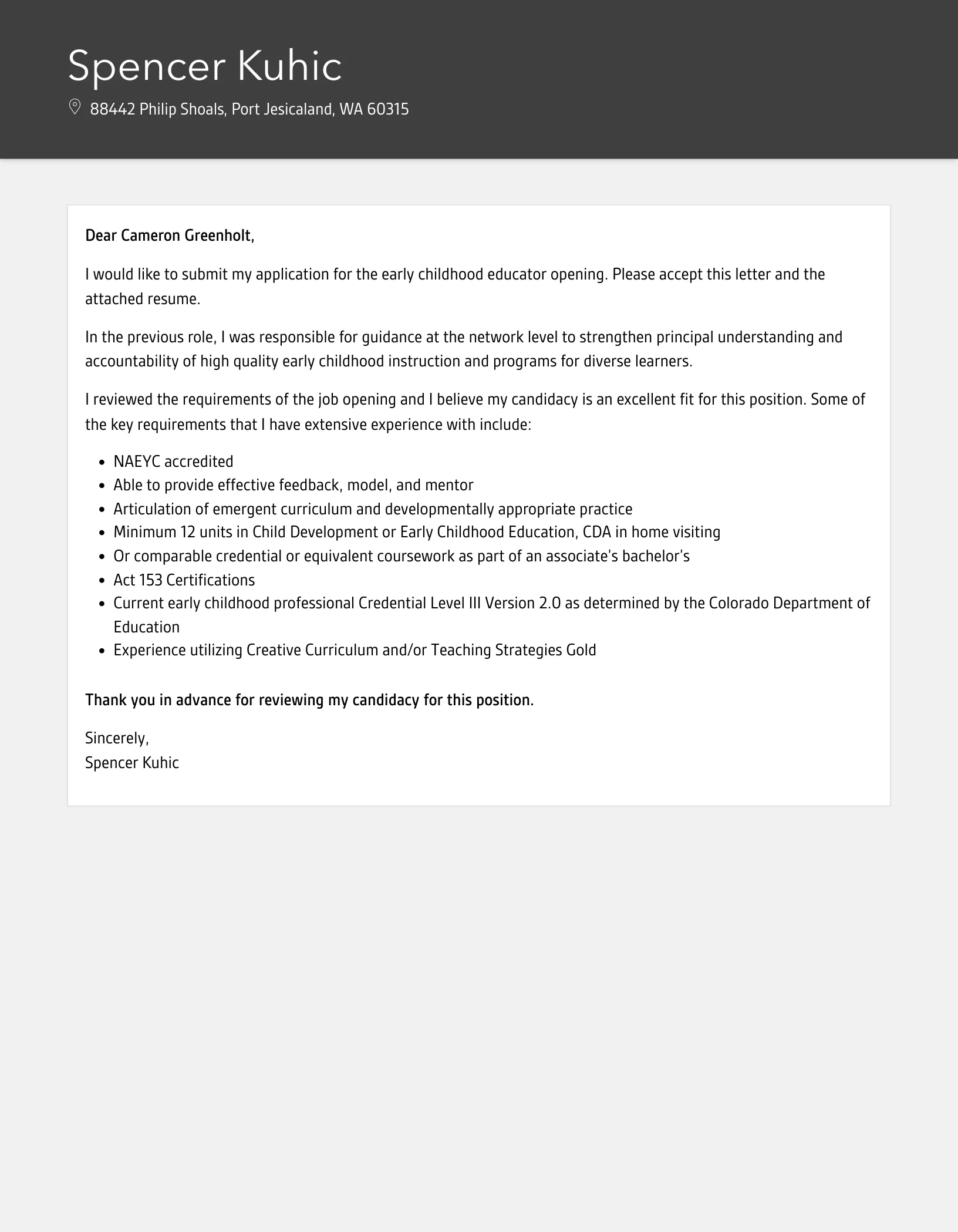
Provide specific examples of your experience in early childhood education. Include details about the roles you’ve held, the ages of the children you’ve worked with, and the responsibilities you had. Describe the specific activities you planned and implemented, the challenges you overcame, and the results you achieved. Quantify your accomplishments whenever possible. For example, ‘Implemented a new art program that increased children’s engagement by 20%.’ This kind of information provides concrete evidence of your capabilities and makes your experience more relatable to the hiring manager.
Tailoring Your Cover Letter to the Job Description
One of the most important aspects of writing a successful cover letter is tailoring it to the specific job description. Carefully read the job posting and identify the key requirements, skills, and qualifications that the employer is seeking. Then, customize your cover letter to address those specific requirements. Highlight the experiences, skills, and qualifications that are most relevant to the position. This shows that you have taken the time to understand the role and that you are a good fit for the organization. Do not send a generic cover letter; instead, show that you care about this specific opportunity.
Matching Your Skills to the Job Requirements
Carefully analyze the job description and identify the required skills. For each skill, provide a specific example from your experience that demonstrates your proficiency. This helps the hiring manager see how your skills align with their needs. Use the same keywords and phrases that are used in the job description, which will help your application be noticed by applicant tracking systems (ATS). Showing your skills aligned with the job description shows your attention to detail and your willingness to learn the requirements for the job.
Using Keywords from the Job Posting
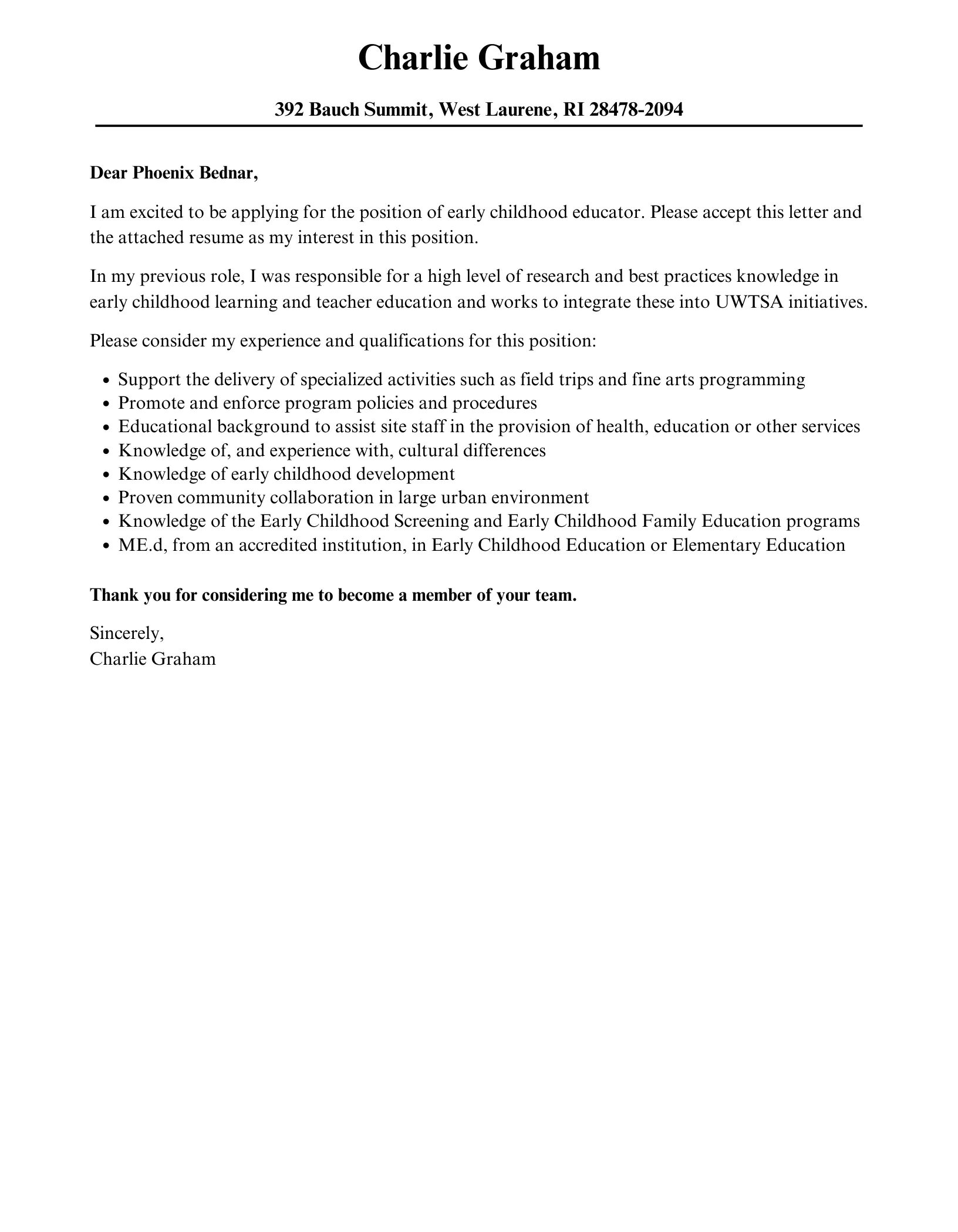
Many organizations use applicant tracking systems (ATS) to screen applications. These systems scan for keywords from the job description to determine if a candidate is a good fit. To increase your chances of getting noticed, incorporate relevant keywords from the job posting into your cover letter. This includes skills, qualifications, and even specific software or curriculum models that are mentioned. Be sure to use these keywords naturally and avoid keyword stuffing, which can make your letter sound unnatural. Refer to the job posting to see the exact terminology they are looking for.
Crafting a Strong Closing Paragraph
The closing paragraph is your final opportunity to leave a lasting impression. Express your enthusiasm for the opportunity and reiterate your interest in the position. State your availability for an interview and provide your contact information again. Thank the hiring manager for their time and consideration. The closing should be concise, positive, and action-oriented. Make it a point to mention how you can bring your unique set of skills and knowledge to that position. Ending with a call to action will make sure you are in the running for the job.
Expressing Enthusiasm and Availability
Reiterate your enthusiasm for the position and the organization. Let the hiring manager know why you are excited about this specific opportunity. Clearly state your availability for an interview and mention your preferred method of contact (e.g., phone or email). You can also mention your flexibility and willingness to answer any questions they may have. Expressing your enthusiasm in the closing paragraph will make the hiring manager remember you.
Including a Call to Action
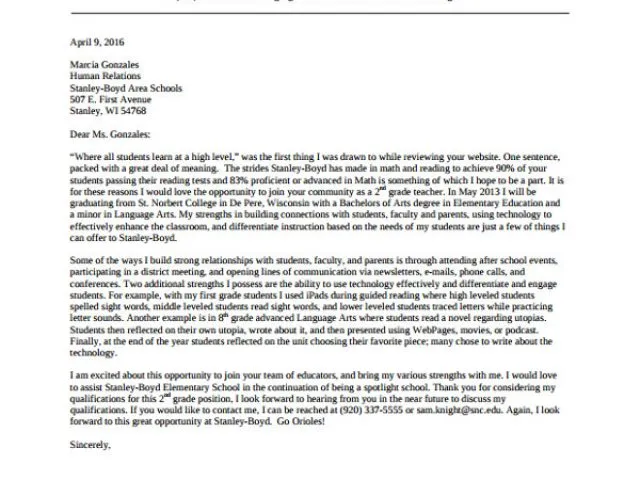
End your cover letter with a call to action. Encourage the hiring manager to contact you to schedule an interview. This shows initiative and helps move the application process forward. For example, you could write, ‘I am eager to discuss my qualifications in more detail and would welcome the opportunity to speak with you. I am available for an interview at your earliest convenience.’ Including a call to action helps the hiring manager to take that next step.
Proofreading and Editing Your Cover Letter
Before submitting your cover letter, carefully proofread and edit it to ensure that it is free of errors in grammar, spelling, and punctuation. Errors can create a negative impression and undermine your credibility. Use a grammar checker and spell checker, but also read the letter aloud to catch any awkward phrasing or inconsistencies. Ask a friend, family member, or career counselor to review your cover letter for feedback. Proofreading is a critical step in the application process.
Common Mistakes to Avoid
Avoid common mistakes that can detract from your cover letter. These include: typos, grammatical errors, generic language, lack of personalization, and failure to tailor the letter to the job description. Also, avoid negative language, such as criticizing previous employers or dwelling on weaknesses. Do not include irrelevant information or use jargon that the hiring manager may not understand. Finally, do not exceed the recommended length of one page. Avoiding these mistakes will make your cover letter more effective.
Formatting Tips for a Professional Look
Pay attention to the formatting of your cover letter to create a professional and visually appealing document. Use a clear and readable font, such as Times New Roman or Arial, with a font size of 11 or 12 points. Use standard margins (1 inch on all sides) and double-space between paragraphs. Use a formal letter format, with your contact information, date, and the hiring manager’s information clearly displayed. Proofread the document for any formatting inconsistencies. A well-formatted cover letter demonstrates your professionalism and attention to detail.
